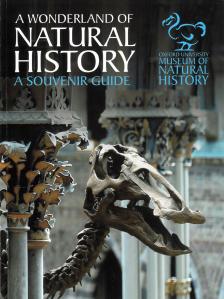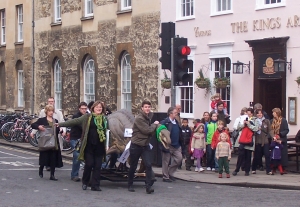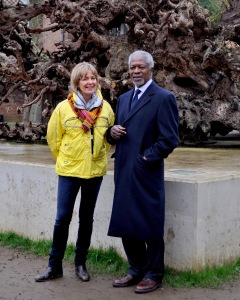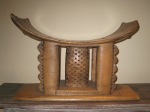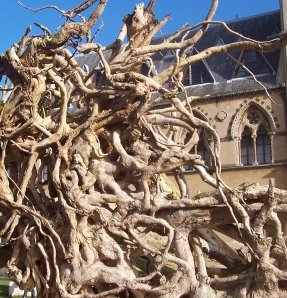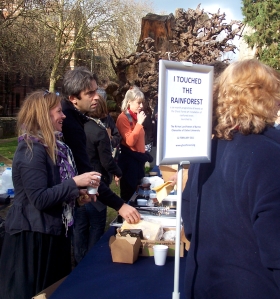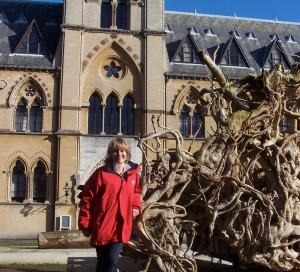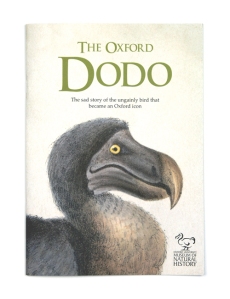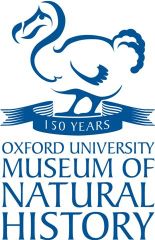The Museum is currently preparing new displays from its collection of British birds, which will highlight their adaptations to different environments and the problems of conserving them in the face of changing land use and climate. I’ve been helping a bit with editing the text to go on the panels in each case.
One of the joys and frustrations of the English language is that it develops not by any kind of logic or grammatical imperative, but through long cultural usage. Our relationship with the natural world is just one example of such a cultural influence.
I asked innocently why the plural of oystercatcher is oystercatchers, while knot, dunlin, redshank and snipe, even if they congregate in thousands, seem happy to make do without a terminal ‘s’. My reliable informant, Andy Gosler of Oxford’s Edward Grey Institute of Field Ornithology, explained that ‘quarry species’ – those that are or were hunted for food – traditionally don’t take an ‘s’ in the plural. Hence pheasant, partridge, grouse etc.
This got me thinking about examples outside the bird class. Sheep never take an ‘s’, goats do. Horses do unless they are part of an army, in which case they become ‘a troop of horse’ as in King Lear. (Humans were not exempt from military singularity – they might belong to a ‘regiment of foot’.) Deer, antelope, gazelle and wildebeest don’t – presumably the quarry criterion again. Elephant(s) and zebra(s) seem undecided on the matter.
Context seems to play a part. You might go hunting for rabbit, but if lagomorphs invaded your garden you would complain that rabbits had eaten your lettuces.
Which brings us back to the birds. Ducks are a can of worms. Pochard, widgeon, teal, but shelducks and shovelers. Mallard(s) can go either way. Most of the waders actually sound fine with an ‘s’ (see my earlier post on redshanks, which I remember caused me anxiety on this point), and sources are inconsistent. Curlews, godwits and plovers all fall comfortably on my English ear.
But I think we are stuck with snipe and grouse.
